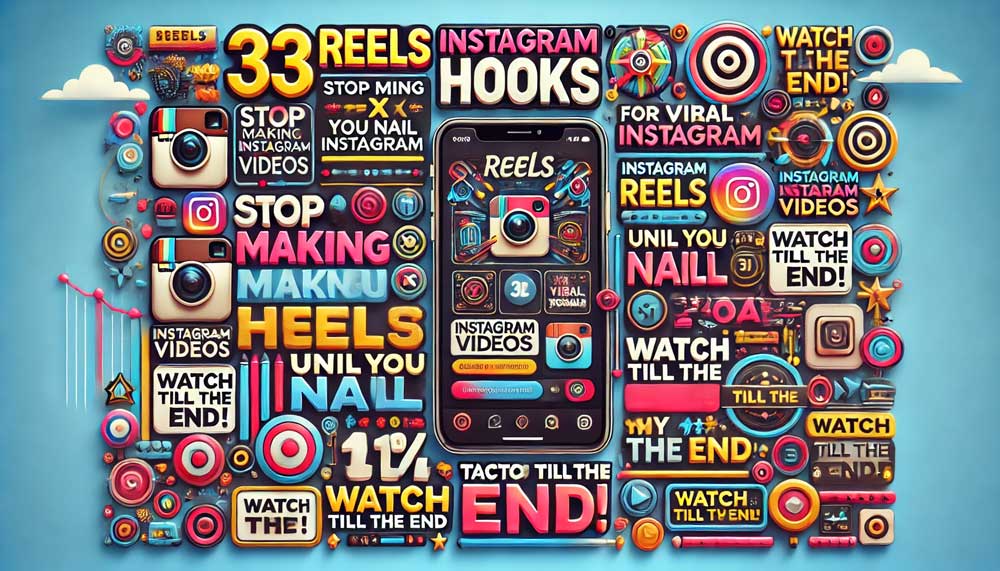
Skate Transitional Hooks for Social Media Videos: Add Style and Flow to Your Skateboarding Content
Skateboarding is all about style, creativity, and fluid motion. Capturing that essence in your videos is key to keeping your audience engaged and coming back for more. Whether you’re showcasing your latest tricks, sharing skate tutorials, or creating a skate vlog, skate transitional hooks help you seamlessly move between scenes while adding an extra layer of excitement to your content. With transitions that feature elements like skateboard wheels, flips, ramps, and rails, you can create videos that truly reflect the fast-paced, action-packed world of skateboarding.
Why Use Skate Transitional Hooks?
- Enhance the Flow and Style
Skateboarding is all about flow, and your videos should be no different. Incorporating Transitional Hooks into your content helps maintain a smooth, stylish flow that mirrors the essence of skate culture. These transitions—whether they involve flips, spins, or sliding skateboards—add an authentic touch to your videos, making them more engaging and visually appealing. - Boost Viewer Engagement
Skateboarding content on social media thrives on excitement and action. Using skate-themed transitions, like a kickflip cutting to the next scene or wheels spinning to reveal a new angle, keeps the energy high and the content dynamic. Engaging transitions not only enhance the visual experience but also keep viewers interested, boosting watch time, likes, shares, and comments. - Perfect for Various Skate Content
Skate transitional hooks are incredibly versatile and can be used across various types of skateboarding content. Whether you’re showcasing your latest tricks, filming skate tutorials, documenting a skate park tour, or creating skateboarding vlogs, these transitions can be tailored to fit your video style, adding a professional and polished look.
Types of Skate Transitional Hooks
- Trick-Based Transitions:
Utilize popular skateboarding tricks like kickflips, ollies, or 360 spins to transition between scenes. For example, a skateboarder executing a kickflip can act as a transition into the next trick, adding an element of surprise and excitement. These trick-based transitions are perfect for trick compilations, highlight reels, and skate montages, capturing the fast-paced nature of skateboarding. - Skateboard Elements:
Incorporate elements of the skateboard itself, such as wheels, trucks, or the deck, to create unique transitions. A close-up of wheels spinning, the deck flipping over, or trucks grinding on a rail can serve as effective transitions between different parts of your video. These transitions give a detailed, up-close vibe that resonates with skate enthusiasts. - Skate Park Transitions:
Use features of the skate park like ramps, rails, half-pipes, and ledges as transitions. For instance, sliding the camera along a rail or zooming through a ramp can seamlessly guide the viewer from one trick to another. These transitions help convey the authentic skate park experience and are ideal for videos shot on-location at parks or urban spots. - Skater Movement Transitions:
The movements of a skateboarder—whether it’s a drop-in, a grind, or a manual—can be used as natural transitions. For example, a skater performing a smooth grind can transition into a new scene, or an ollie can introduce a different angle or perspective. These transitions keep the content lively and reflect the fluidity of skateboarding. - Urban and Street Elements:
Since skateboarding often takes place in urban environments, incorporating city elements like graffiti walls, sidewalks, curbs, and stair sets into transitions can add a gritty, street-style feel to your content. These transitions are especially effective for skateboarding vlogs or street skate sessions, emphasizing the connection between skateboarding and the cityscape.
How to Use Skate Transitional Hooks Effectively
- Match Transitions to the Video’s Style:
The style of transition you use should align with the vibe of your video. For a fast-paced trick montage, use quick, energetic transitions like flips and spins. For a more laid-back skate park vlog, slower transitions using skater movements or skate park elements might be more fitting. Matching the transition style to the video’s pace creates a cohesive viewing experience. - Highlight Key Tricks and Moves:
Use skate transitions to emphasize key tricks or moves. For example, introduce a new trick with a transition featuring a close-up of skateboard wheels, or use a ramp slide to move into a particularly difficult or impressive move. Highlighting these moments keeps viewers engaged and helps showcase your skills in an impactful way. - Keep Transitions Smooth and Natural:
Skateboarding is about fluid motion, so ensure your transitions are smooth and natural. Avoid using too many transitions, as this can make the video feel chaotic. Instead, use transitions sparingly to enhance the flow without overwhelming the viewer. Subtle and well-timed transitions can elevate your video’s quality while keeping the focus on the skateboarding action.


